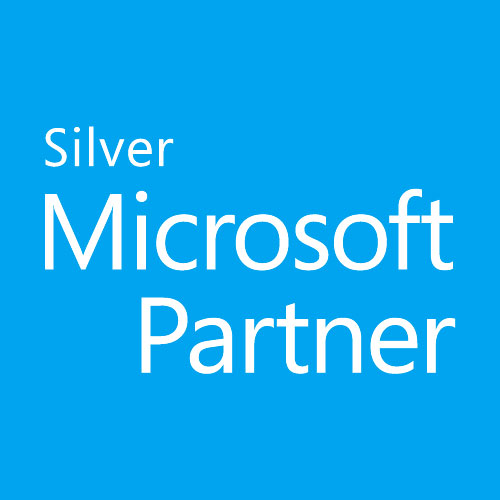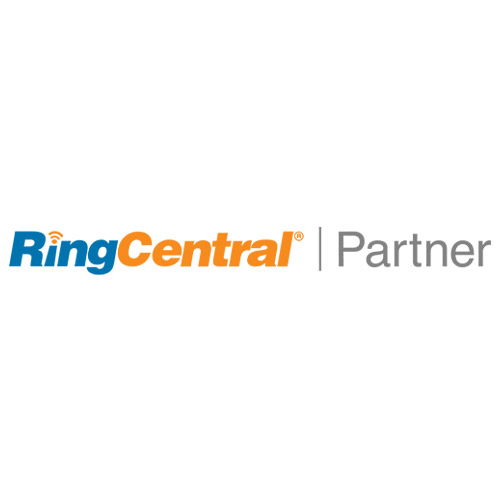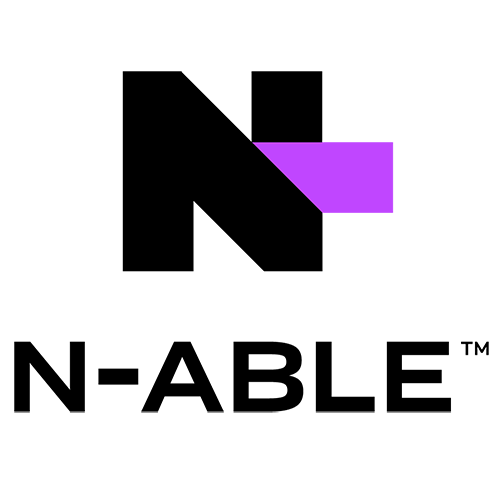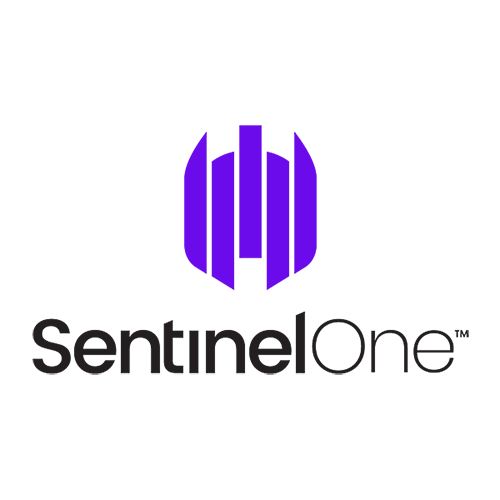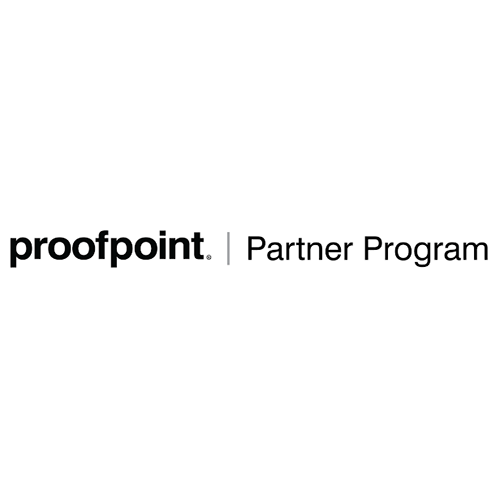Storage Systems
Storage Systems
As the needs of your business grows, so too will its reliance on scalable business systems, file and application servers and scalable data storage.
Storage solutions should be considered a top priority in IT budgets because the integrity, availability and protection of data are vital to business productivity and success. Increasingly businesses are also subject to regulatory compliance legislation that directly affects the process of storing, managing and archiving data. This is especially true for the financial services and healthcare industries.
Although the need for secure, scalable and reliable storage is clear, it is not always clear which solution is right for your organization. There are a variety of solutions available, the most prevalent being direct-attached storage (DAS), network-attached storage (NAS) and storage area networks (SAN). Choosing the right storage solution can be difficult, but there are several criteria to consider:
- Capacity – the amount and type of data that needs to be stored and shared
- Performance – I/O and throughput requirements
- Scalability – Long-term data growth
- Availability and Reliability – how mission-critical are your applications?
- Data protection – Backup and recovery requirements
- IT staff and resources available
- Budget concerns
While one type of storage media is usually sufficient for smaller companies, large enterprises will often have a mixed storage environment, implementing different mediums for specific departments, workgroups and remote offices.
DAS: Ideal for Local Data Sharing Requirements
Direct-attached storage, or DAS, is the most basic level of storage, in which storage devices are part of the host computer, as with drives, or directly connected to a single server, as with RAID arrays or tape libraries. Network workstations must access the server in order to connect to the storage device. This is in contrast to networked storage such as NAS and SAN, which are connected to workstations and servers over a network. DAS is ideal for localized file sharing in environments with a single server or a few servers. Economically, the initial investment in direct-attached storage is less expensive. It is important to keep in mind that DAS is limited in its scalability. From both a cost efficiency and administration perspective, networked storage models are much more suited to high scalability requirements.
NAS: File-Level Data Sharing Across the Enterprise
Networked storage was developed to address the challenges inherent in a server- based infrastructure such as direct-attached storage. Network-attached storage, or NAS, is a special purpose device, comprised of both hard disks and management software, which is 100% dedicated to serving files over a network. A server has the dual functions of file sharing and application serving in the DAS model, potentially causing network slowdowns. NAS relieves the server of storage and file serving responsibilities, and provides a lot more flexibility in data access by being independent.
NAS is an ideal choice for organizations looking for a simple and cost-effective way to achieve fast data access for multiple clients at the file level. Implementers of NAS benefit from performance and productivity gains. Smaller companies find NAS to be a plug and play solution that is easy to install, deploy and manage, with or without IT staff at hand. Thanks to advances in disk drive technology, they also benefit from a lower cost of entry.
In recent years, NAS has developed more sophisticated functionality, leading to its growing adoption in enterprise departments and workgroups. High reliability features such as RAID and hot swappable drives and components are standard even in lower end NAS systems, while midrange offerings provide enterprise data protection features such as replication and mirroring for business continuance. NAS also makes sense for enterprises looking to consolidate their direct-attached storage resources for better utilization. Since resources cannot be shared beyond a single server in DAS, systems may be using as little as half of their full capacity. With NAS, the utilization rate is high since storage is shared across multiple servers.
Another important consideration for a medium sized business or large enterprise is heterogeneous data sharing. With DAS, each server is running its own operating platform, so there is no common storage in an environment that may include a mix of Windows, Mac and Linux workstations. NAS systems can integrate into any environment and serve files across all operating platforms. On the network, a NAS system appears like a native file server to each of its different clients. That means that files are saved on the NAS system, as well as retrieved from the NAS system, in their native file formats. NAS is also based on industry standard network protocols such as TCP/IP, FC and CIFS.
SANs: High Availability for Block-Level Data Transfer
A storage area network, or SAN, is a dedicated, high performance storage network that transfers data between servers and storage devices, separate from the local area network. With their high degree of sophistication, management complexity and cost, SANs are traditionally implemented for mission-critical applications in the enterprise space. In a SAN infrastructure, storage devices such as NAS, DAS, RAID arrays or tape libraries are connected to servers using Fibre Channel. Fibre Channel is a highly reliable, gigabit interconnect technology that enables simultaneous communication among workstations, mainframes, servers, data storage systems and other peripherals. Without the distance and bandwidth limitations of SCSI, Fibre Channel is ideal for moving large volumes of data across long distances quickly and reliably.
In contrast to DAS or NAS, which is optimized for data sharing at the file level, the strength of SANs lies in its ability to move large blocks of data. This is especially important for bandwidth-intensive applications such as database, imaging and transaction processing. The distributed architecture of a SAN also enables it to offer higher levels of performance and availability than any other storage medium today. By dynamically balancing loads across the network, SANs provide fast data transfer while reducing I/O latency and server workload. The benefit is that large numbers of users can simultaneously access data without creating bottlenecks on the local area network and servers.
SANs are the best way to ensure predictable performance and 24×7 data availability and reliability. The importance of this is obvious for companies that conduct business on the web and require high volume transaction processing. Another example would be contractors that are bound to service-level agreements (SLAs) and must maintain certain performance levels when delivering IT services. SANs have built in a wide variety of failover and fault tolerance features to ensure maximum uptime. They also offer excellent scalability for large enterprises that anticipate significant growth in information storage requirements. And unlike direct-attached storage, excess capacity in SANs can be pooled, resulting in a very high utilization of resources.
There has been much debate in recent times about choosing SAN or NAS in the purchasing decision, but the truth is that the two technologies can prove quite complementary. Today, SANs are increasingly implemented in conjunction with NAS. With SAN/NAS convergence, companies can consolidate block-level and file-level data on common arrays.
Even with all the benefits of SANs, several factors have slowed their adoption, including cost, management complexity and a lack of standardization. The backbone of a SAN is management software. A large investment is required to design, develop and deploy a SAN, which has limited its market to the enterprise space. A majority of the costs can be attributed to software, considering the complexity that is required to manage such a wide scope of devices. Additionally, a lack of standardization has resulted in interoperability concerns, where products from different hardware and software vendors may not work together as needed. Potential SAN customers are rightfully concerned about investment protection and many may choose to wait until standards become defined.
With such a variety of information storage technologies available, what is the best way to determine which one is right for your organization? DAS, NAS and SAN all offer tremendous benefits, but each is best suited for a particular environment.

